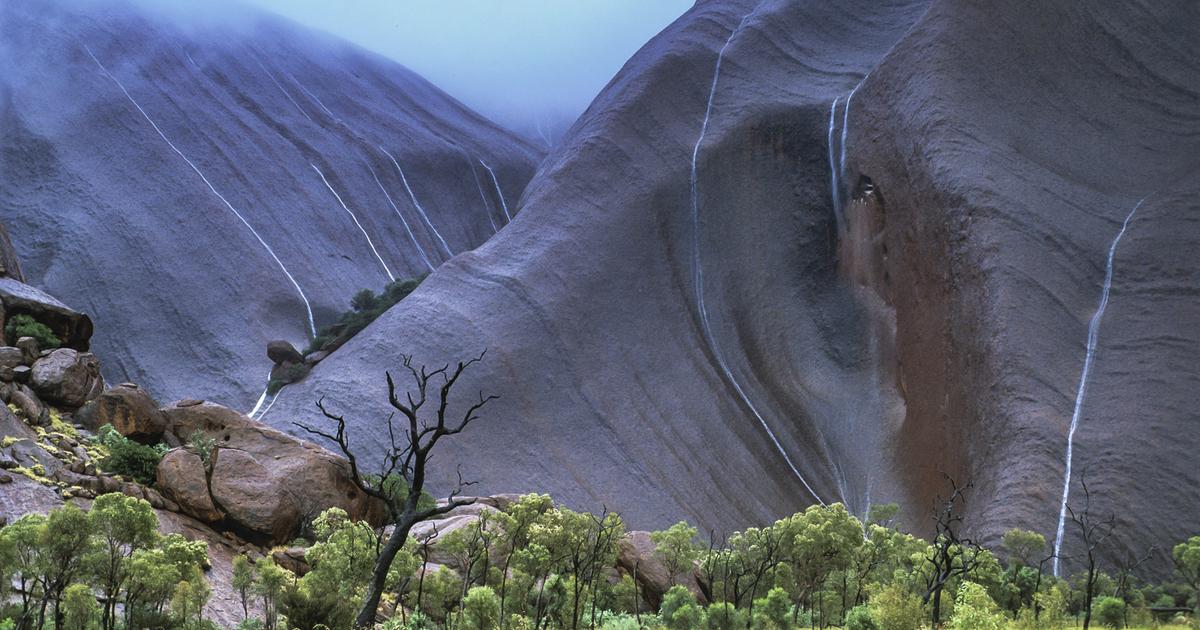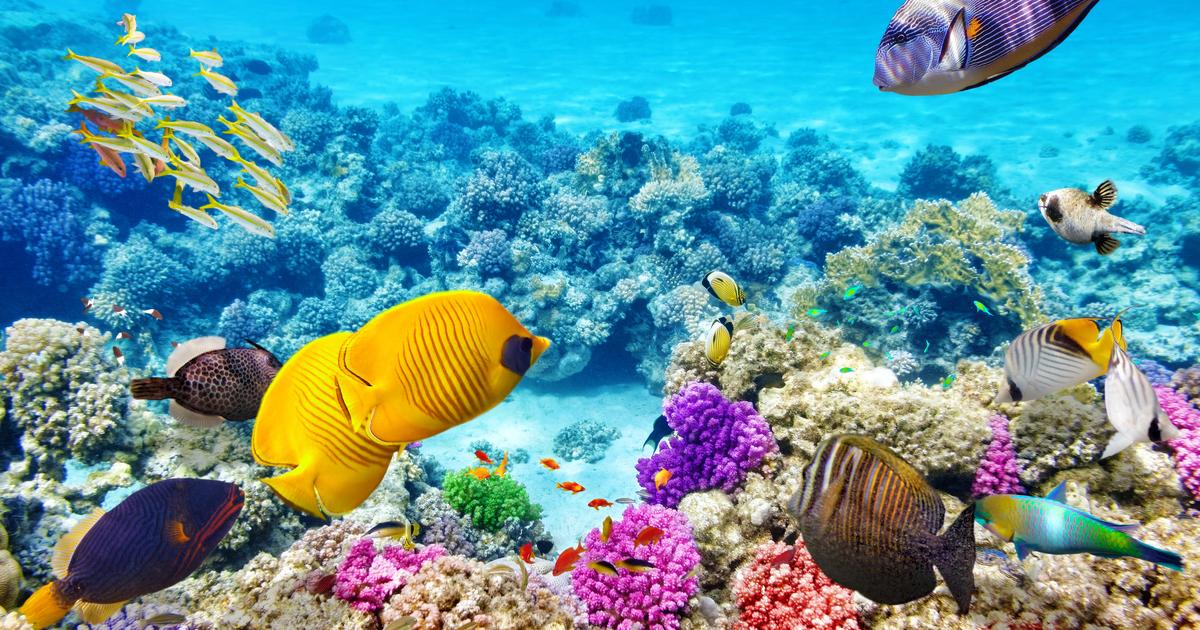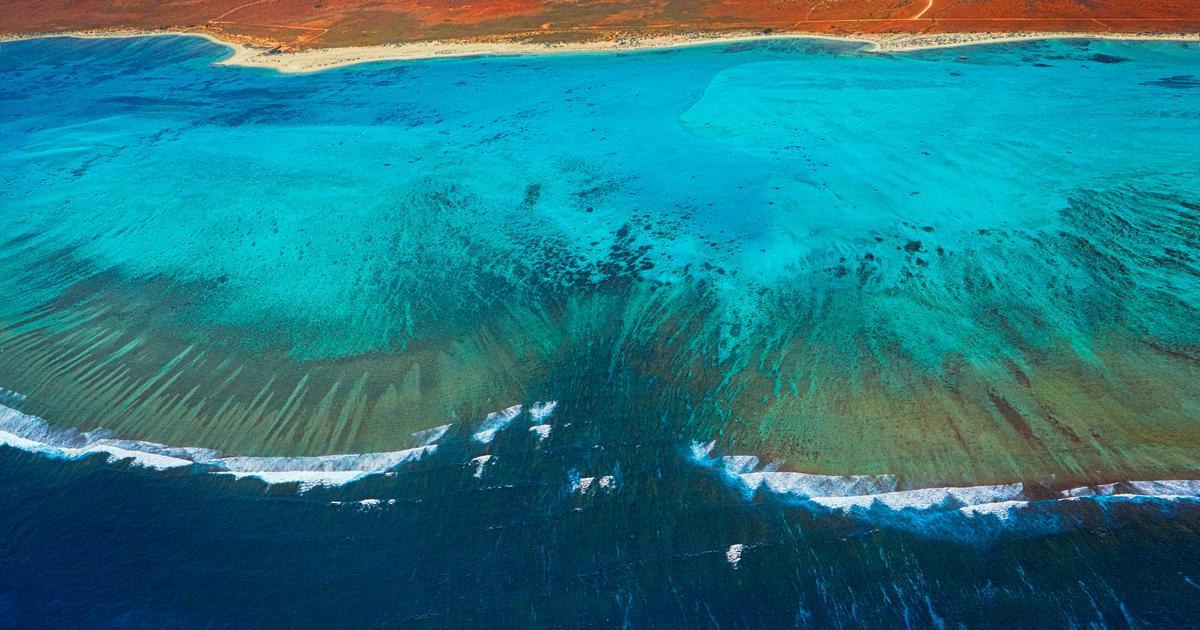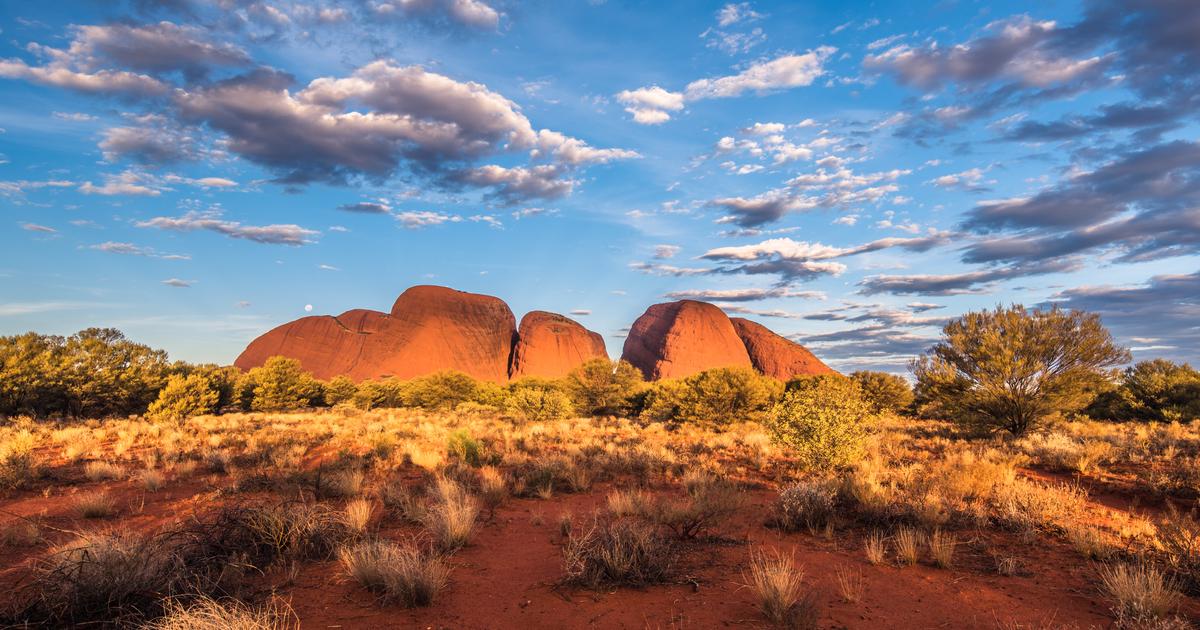Northern Territory: Uluru
Northern Territory / Uluru Stanislas Fautré / Le Figaro
Nothing can prepare you for seeing Australia's most famous monolith, Uluru, a World Heritage Site.
The imposing presence of this rock formation set in the heart of the Red Center is hauntingly beautiful and timeless.
First, because of its dimensions: 3.6 kilometers long, the rock rises 348 meters above the desert.
Then, because of the aura that envelops it: the Anangu Aborigines have revered the site for tens of thousands of years, and in their eyes it has enormous spiritual and cultural importance.
We let ourselves be lulled by the spectacle of this magical mountain, its ever-changing colors depending on the time of day and the intensity of the light rays, which change from orange ocher to brown red through dark pink.
Our advice:
don't miss the unforgettable “Desert Awakenings”, a guided tour at the foot of Uluru, at dawn, with breakfast (€130/person).
Ayersrockresort.com.au
Western Australia: Pinnacles Desert
Western Australia / Desert des Pinnacles Eric Martin / Le Figaro Magazine
Nature dares all the extravagances on the Coral Coast… We take full measure of it by entering the Pinnacles Desert, a geological curiosity that can be admired in the Nambung National Park, a traditional property of the Yuats.
Lunar, the site shows thousands of calcareous concretions with quirky shapes, erected on an ocher-colored desert territory.
Formed from strata of shells worked over tens of thousands of years by the elements, these natural wonders, which can reach up to 3.50 meters high, make up an astonishing labyrinth of megaliths in which emus and kangaroos like to get lost, to the delight of amateur photographers.
Our advice:
you can come there during the day from Perth (160 km), but spending the night in the fishing village of Cervantes allows you to be in the front row at sunset, at dawn or on full moon evenings, to admire the play of light on the site.
exploreparks.dbca.wa.gov.au
Queensland: Great Barrier Reef
Queensland / Great Barrier Reef Eric Martin / Le Figaro Magazine
It is the only living organism visible from space.
A natural site classified as a World Heritage Site by Unesco, the Great Barrier Reef runs along the Australian east coast for nearly 2,300 kilometers and brings together a variety of ecosystems as rich and complex as they are fragile.
The warming of the oceans regularly causes episodes of coral bleaching and threatens this treasure made up of a constellation of more than 900 islands and around 2,500 reefs.
Among them, Heart Reef, heart-shaped, jewel of the Whitsunday archipelago.
This huge coral ribbon loves a very dense marine life.
We come across whales, dolphins, sharks, rays, green turtles and myriads of small colorful fish.
A treat for divers.
Our advice:
the specialized tour operator Ultramarina offers different cruise and diving formulas from 3 nights (allow €1,522/person from Cairns).
Ultramarina.com
South Australia: Kangaroo Island
South Australia / Kangaroo Island Mark Owen Bellemore
Located about ten kilometers off the coast, in the south of the country, this island as big as half of Corsica (4,405 km2) is an exceptional animal sanctuary.
More than a third of its area is protected by a set of parks and reserves where nature has reasserted itself since the terrible fires of 2019. Uninhabited when Matthew Flinders, the British explorer, landed there in 1802, this Noah's Ark is today a popular destination for nature lovers, who come to observe its colonies of sea lions, kangaroos and wallabies, koalas and flocks of birds.
When it comes to idleness, “KI” (for friends) is also worth its weight in gold, with around fifty idyllic beaches bathed in crystal clear waters.
Pure Robinsonade.
Our advice:
for an immersion in the island nature, opt for a guided excursion by electric bike organized by Kangaroo Island E-Bikes.
From €100 per person.
kangarooislandebikes.com
Read alsoFive nature experiences to enjoy on Kangaroo Island, Australia's biodiversity sanctuary
South Australia: Yalata Lands
South Australia / Yalata Lands South Australian Tourism Comission
Bordering the Great Australian Bay, a vast ocean area in the south of the country, between Adelaide and Perth, the Yalata Lands Aboriginal Reserve shows an ecosystem made up of dune massifs, cliffs and fringing reefs, where a variety of fauna and flora flourish. : emus, birds and reptiles on the land side, whales and sharks on the sea side. Here, there is no infrastructure except for a few areas equipped for bivouacs: you are here
into the wild
.
The reserve is part of the Nullarbor ("treeless") plain, one of the largest in the world (four times the size of Belgium!).
A desperately flat and bushy universe, crossed by the mythical Eyre Highway, whose name pays homage to the English explorer Edward John Eyre, the first European to have crossed this immensity.
Our advice:
don't miss Head of Bight, a whale watching station.
On this promontory, from the end of August, you can see up to several dozen females with their calves evolving at the foot of the cliffs.
Headofbight.com.au
Western and Southern Australia: Great Victoria Desert
Western and Southern Australia / Great Desert of Victoria Stanislas Fautré / Le Figaro
With an area comparable to that of France, the Great Victorian Desert extends to southern Australia, straddling the states of Western Australia and South Australia.
Its name was given to it by the British explorer Ernest Giles in homage to the Queen of England, when he crossed it for the first time in 1875. Of all the Australian deserts, it is the most amazing.
Composed of sandy expanses and stony plains interrupted by salt lakes, it is home to a very particular flora and fauna, including the
Moloch horridus,
otherwise called horned devil.
Endemic and unique representative of its species, this strange lizard of about twenty centimeters, entirely bristling with shimmering colored spikes, is, despite its disturbing appearance, totally harmless and feeds only on insects.
Our advice:
between November and February, the rain invites itself into the Great Victorian Desert, which is then covered with a gigantic carpet of multicolored wild flowers.
Western Australia: the "Wandjina" of the Kimberley
Western Australia / The “Wandjina” of the Kimberley Stanislas Fautré / Le Figaro
Present in all Australian states, Aboriginal rock art connects communities to the Earth through various expressions: engravings in sandstone, stencils, drawings in rock shelters... In the Kimberley region, in Australia- Western, it takes the form of a sacred painting, inspired by the mythology of the "time of dreams"
,
which represents the Wandjinas, the spirits of the ancestors of Creation.
The vast Kimberley Plateau is an exceptional land of discovery and adventure, with raw and wild landscapes, including the Horizontal Falls (a natural phenomenon linked to the strong tidal currents that rush through a channel in the Buccaneer archipelago ), the Bungle Bungle chain or the immense Lake Argyle, the largest freshwater reserve in the country.
Our advice:
to get acquainted with the rock art of the Kimberley, a stop is a must at the Mowanjum Aboriginal Art & Culture Center in Derby.
Mowanjumarts.com
Western Australia: Purnululu
Western Australia / Purnululu Isaac Formanserio
Listed as a World Heritage Site, the Bungle Bungle range is a completely isolated massif in the heart of Purnululu National Park, in the Kimberley region.
Amid the glowing Outback loom these big sugar loaves, streaked with orange, gray and black bands.
A stone phantasmagoria shaped by erosion that should not be overlooked from the sky from where these gigantic domes evoke the cells of a beehive.
Our advice:
an overview of the site is on the program for this day trip (from 6 a.m. to 5 p.m.), guided by an Aborigine, which also leads to the discovery of two marvels: the Cathedral gorge and the Echidna chasm, 897 €.
Bunglebungleguidedtours.com.au
Victoria: The Twelve Apostles
Victoria/ The Twelve Apostles Stanislas Fautré / Le Figaro
Located along the Great Ocean Road, the Twelve Apostles point to majestic limestone pillars as tall as 20-story buildings, towering over the sapphire-colored ocean.
This stretch of coast can be discovered on foot, along a coastal path, which offers exceptional panoramas.
We walk on cliffs, 300 meters high, we walk along isolated coves, we tread the golden sand of immense beaches hemmed with foam, we cross moors punctuated with wild flowers and we enter forests with multiple species.
Uplifting.
Our advice:
you can enjoy the view from the sky of this fabulous stretch of coastline from a helicopter.
From €108 per person.
12apostleshelicopters.com.au
South Australia: Pildappa Rock
South Australia / Pildappa Rock Destination NSW / Dee Kramer
From a distance, it looks like a huge petrified wave.
The very photogenic Pildappa Rock, in the Eyre Peninsula (South Australia), owes its spectacular concave shape to the undermining work of erosion over millennia.
You can climb the monolith to enjoy a view of the Gawler Ranges massif, where other remarkable granite formations rise, such as the Organ Pipes.
In this setting evolve kangaroos, wombats, opossums and more than a hundred species of birds.
Our advice:
guided explorations of the region with Gawler Ranges Wilderness Safaris which has a comfortable lodge, the Kangaluna Camp (from €165/person).
Gawlerrangessafaris.com
New South Wales: Walls of China
New South Wales / Walls of China Emily Godfrey
1,000 kilometers west of Sydney, Mungo National Park is part of the Willandra Lakes region, listed as a UNESCO World Heritage Site.
It is around Lake Mungo that some of the oldest traces of human occupation in Australia (42,000 years) have been discovered.
On the geological level, the park has several curiosities, including unusual concretions of sand and silt sculpted by incessant westerly winds.
Baptized “Chinese walls”, they can be admired from a belvedere.
Our advice:
to explore the region, the Mungo Lodge has bungalows and organizes panoramic flights and guided walks.
From €196 per night.
Mungolodge.com.au











/cloudfront-eu-central-1.images.arcpublishing.com/prisa/KMEYMJKESBAZBE4MRBAM4TGHIQ.jpg)



